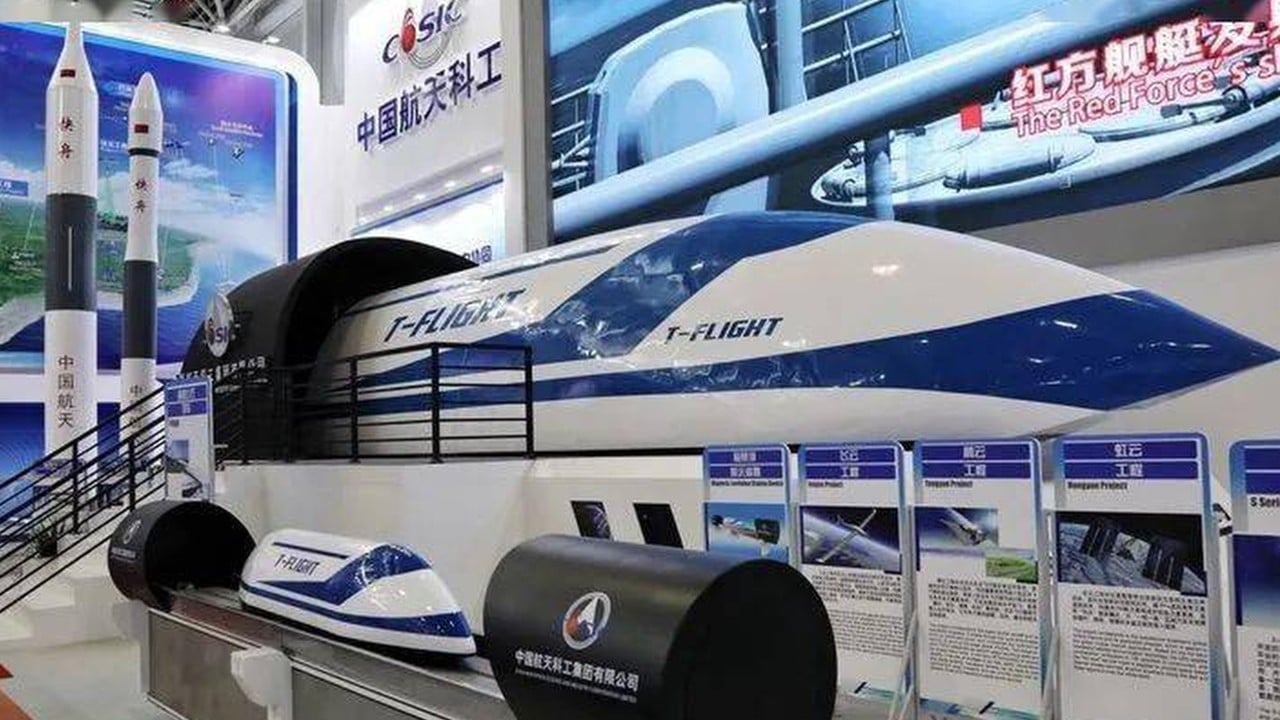Chinese scientists claimed to have solved a critical flaw in the futuristic vision of ultra-high speed ground travel, potentially salvaging vacuum-tube maglev technology and casting new light on the challenges faced by Elon Musk’s Hyperloop concept.
Advertisement
A study published by China’s peer-reviewed Journal of Railway Science and Engineering on May 16 showed that even minor imperfections – such as uneven coils or bridge deformations – would turn a journey into an ordeal, even in near-airless tunnels.
But the engineers – who are working at the world’s first full-scale test line in central China – also said they found a way to slash turbulence intensity by nearly a half, reducing “extremely severe bumps” to levels that were “pronounced, but not unpleasant”.
The researchers, led by Zhao Ming from the maglev and electromagnetic propulsion division of state-owned China Aerospace Science and Industry Corporation (CASIC), said they used supercomputer simulations and scaled-down prototype tests for the study.
The team found that track irregularities and electromagnetic resonance were enough to trigger violent low-frequency vibrations in maglev cars travelling at the technology’s cruising speed of 1,000km/h (612mph).
Advertisement
Using the 1940s-era Sperling Index, an international metric for ride comfort, the study showed that oscillations amplified at specific speeds, with a peak at 400km/h (249mph) reaching a level of vibration deemed “extremely unpleasant”.

